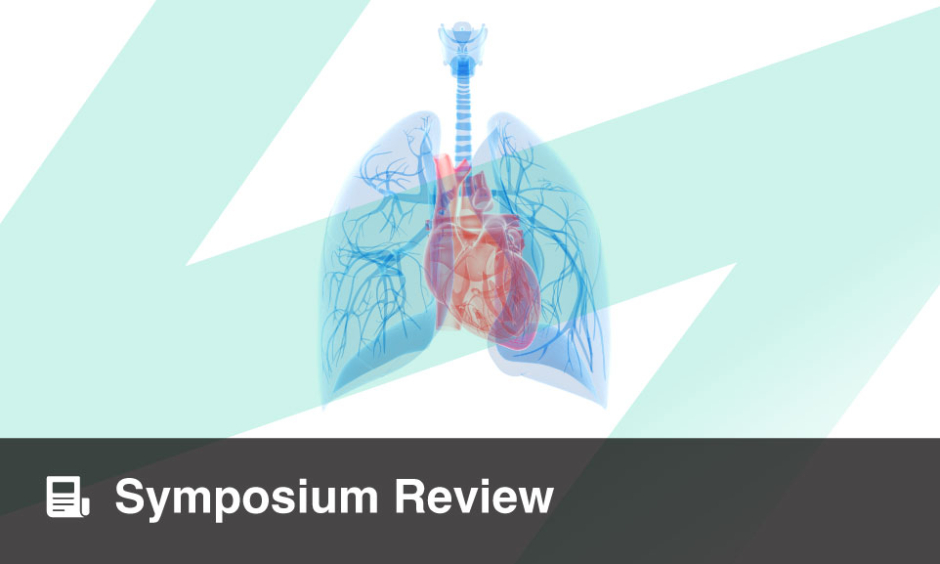ASTHMA sufferers worldwide could soon benefit from the results of a ground-breaking study conducted by Cardiff University, Cardiff, UK, which has not only discovered that the sufferer’s calcium-sensing receptor (CaSR) is a potential root cause of the airway disease, but has also uncovered a drug that reversed asthmatic symptoms during testing.
Using human airway tissue from asthmatic and non-asthmatic people and asthma murine models, the team manipulated CaSR with an existing class of drugs called calcilytics, which were originally developed for the treatment of osteoporosis. Calcilytics block CaSR and, in this study, demonstrated a reverse in all symptoms of asthma, such as airway narrowing, airway twitchiness, and inflammation. This is particularly exciting news as the research represents the first link found between airway inflammation, which may be stimulated by factors including cigarette smoke and car fumes, and airway twitchiness.
“Our paper shows how these triggers release chemicals that activate CaSR in airway tissue and drive asthma symptoms like airway twitchiness, inflammation, and narrowing. Using calcilytics, nebulised directly into the lungs, we show that it is possible to deactivate CaSR and prevent all of these symptoms,” said Prof Daniela Riccardi, principal investigator and Professor, Cardiff School of Biosciences, Cardiff University.
Though first developed 15 years ago to treat osteoporosis, and proven to be safe and well tolerated, calcilytics have shown disappointing results in patients with osteoporosis. Yet the fact that they have already been scientifically tested gives researchers a unique opportunity to repurpose them and reduce the time it takes to bring a new drug to the market. The team hopes to be testing the drug on humans within the next 2 years, once funding is secured. “If we can prove that calcilytics are safe when administered directly to the lung in people, then in 5 years we could be in a position to treat patients and potentially stop asthma from happening in the first place,” concluded Prof Riccardi.
This is especially good news for the 1 in 12 sufferers who do not respond to current treatments, accounting for approximately 90% of healthcare costs associated with the condition. Additionally, the conclusions concerning the role of CaSR in airway tissue could have significant implications for other respiratory conditions, including chronic obstructive pulmonary disease and chronic bronchitis. There are currently no cures for these illnesses, which predictions indicate will be the third-largest killers worldwide by 2020.
Alex Watt
(Image: freeimages.com)







